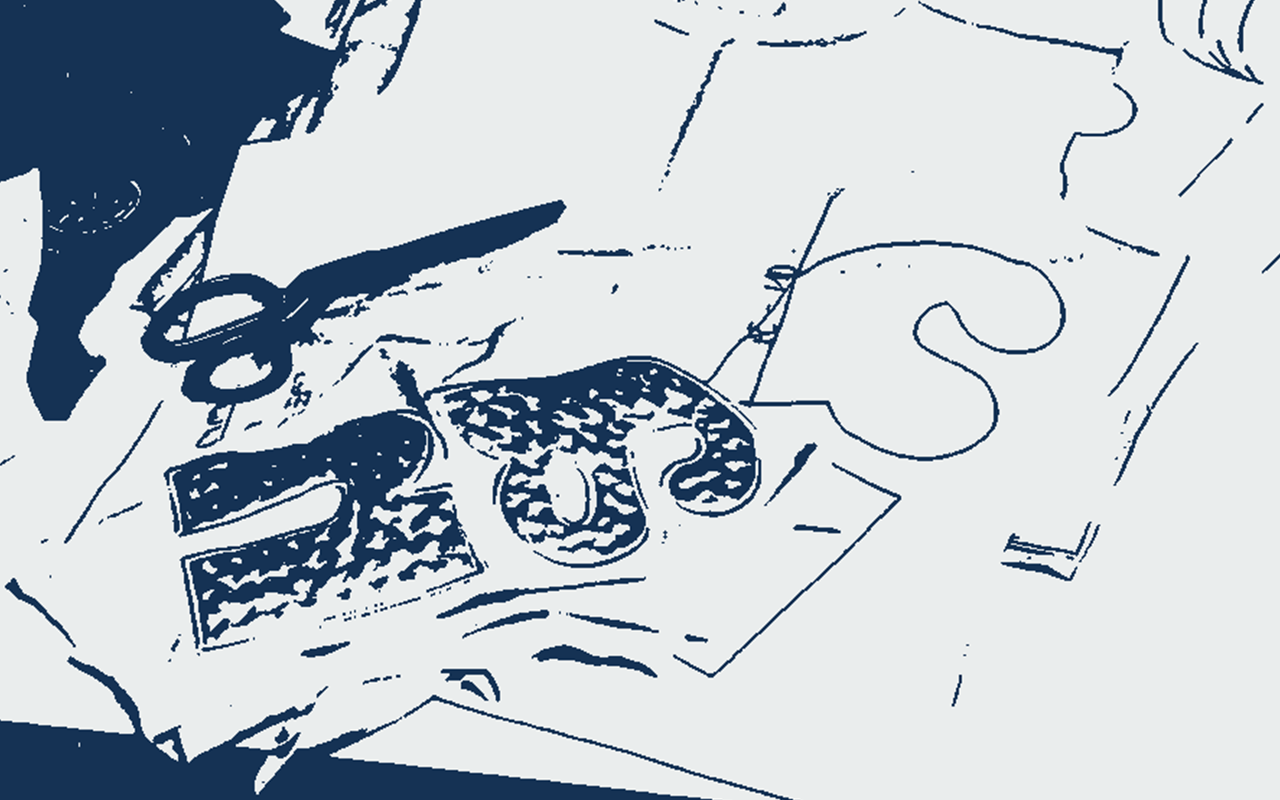Approximately 430 million people are employed by the trillion dollar fashion industry, as stated by Zippia. From the designing process to manufacturing to marketing and sales, fashion has a structured way of working, although arguably not the most efficient, that has settled over the years.
The timeline for the majority is simple: designers sketch their designs, manufacturers start the sampling process (which can go on for months depending on the sign off by buyers), and once the order is processed, bulk production starts. Some fashion brands represent their collection with a fashion show or a trunk show; others via lookbooks.
This traditional fashion model has long been used for many designer brands from giants like LVMH and Kering. Yet, customers with less patience, thanks to companies with next-day delivery like Amazon, don’t want to wait for months to buy the products they see on fashion shows. They want it now. With increased fashion awareness, more and more customers want to have access to fashion trends. This impatience and the increased demand for fashion created a new fashion model called fast fashion.

Fast Fashion Model
If you had mentioned the term “fast fashion” 20-30 years ago, you would have been faced with blank eyes, trying to understand what you meant. With the rise of giants like Inditex and Asos, fast fashion has become a term that is widely used, even outside of fashion circles. Its popularity rose exponentially, and so did the criticism towards it. But what is considered fast fashion? Fast fashion, as the name suggests, means a faster production cycle. The products that would traditionally take 6 months to be manufactured can be manufactured in 2-3 weeks in the fast fashion model. How is this possible? Generally, this is due to sacrificing quality in materials, production, and labor exploitation.
The fast fashion model usually works like this: designer brands like Prada and Gucci present their new collections during fashion weeks, which are due to be in stores in 6 months. Fast fashion brands instead detect the trends dictated by those brands, integrate them into their designs, and create their collections to be ready in stores in weeks. This, mostly, is the exploitation of the blurred lines between imitation and inspiration, which has been a long discussion topic in the arts and fashion industries.
Slow Fashion Model
Thanks to cheap fabric, labor, and globalization, brands with fast fashion models are able to offer cheap prices and high volumes of products. Stores are filled with new models almost every week, and the customer hunger for newness is promoted.
Slow fashion, on the contrary, is almost the opposite. While fast fashion takes its unique selling power from newness and variety, slow fashion provides durable and versatile garments. Slow fashion usually launches its new products with "drops”. Instead of releasing a new collection every season like the traditional fashion model does or every other week like the fast fashion model does, the slow fashion model launches new products only when newness is needed. It could be monthly, yearly, every 18 months, or even longer; there are no rules. Slow fashion doesn’t rush the sampling and production processes. Instead, it puts a great focus on these processes to ensure quality and durability. Ana Nevi, a sustainable fashion brand from London is one of those slow fashion brands. Ana Nevi doesn’t follow any particular timeline, instead, aims to produce when there is a design worth producing at that time.
Since slow fashion doesn’t mass produce, the pieces are usually designed to resist the ever-changing trends that create the need to purchase something new regularly. They would generally be minimal, versatile, and long-lasting. Think capsule collections. Capsule collections are collections created with a couple of clothing pieces that are timeless and easy to mix and match.
Fashion is a great way to revive the work of artisans. Slow fashion acknowledges the value of artisanship and integrates craftsmen into its production model. Hand-crafted pieces, often unique, work perfectly with the slow fashion model. The expertise of craftsmen, the care put into the creation process, and the time spent producing each piece make artisan crafts a slow fashion staple.
While the traditional fashion model still exists, the market for fast fashion is significant. The rising economic uncertainty and social media’s push to follow fast-changing fashion trends influence customers to purchase regularly. Fast-fashion giants like Asos are facing the threat of rising ultra-fast-fashion companies like Shein and Boohoo.
At the same time, the increased consciousness of Gen Z creates more demand for slow fashion. More and more customers are valuing craftsmanship and capsule collections while aiming to shop less but better. What is the future of these fashion models? Only time will tell.
